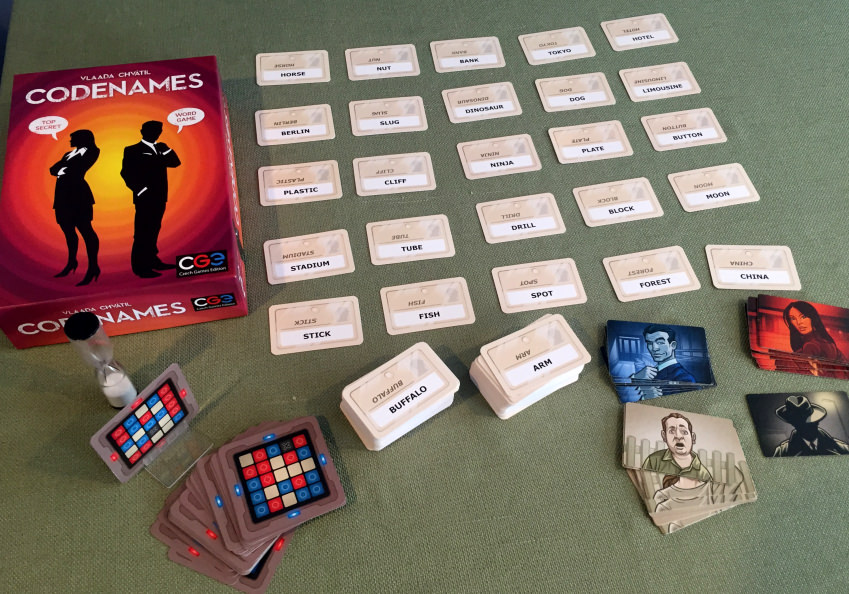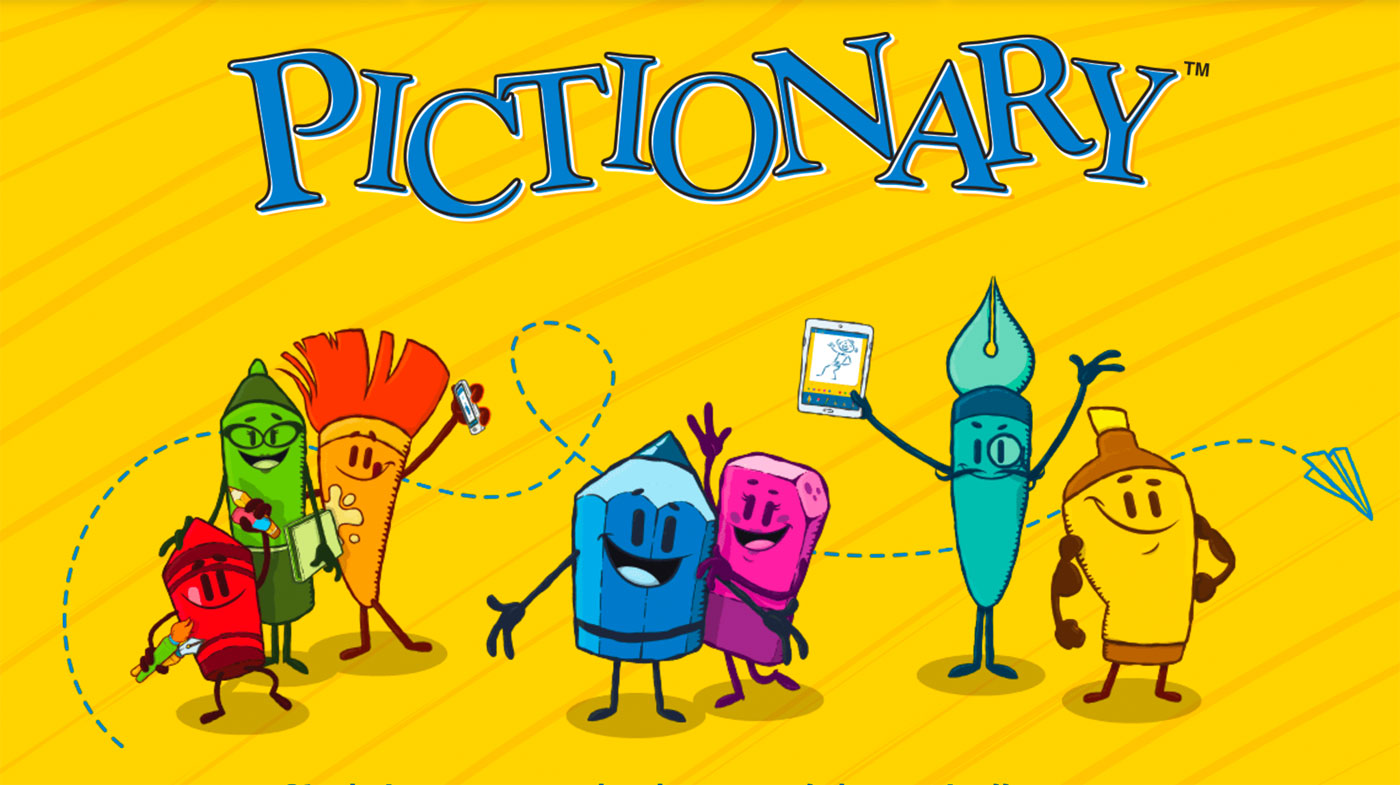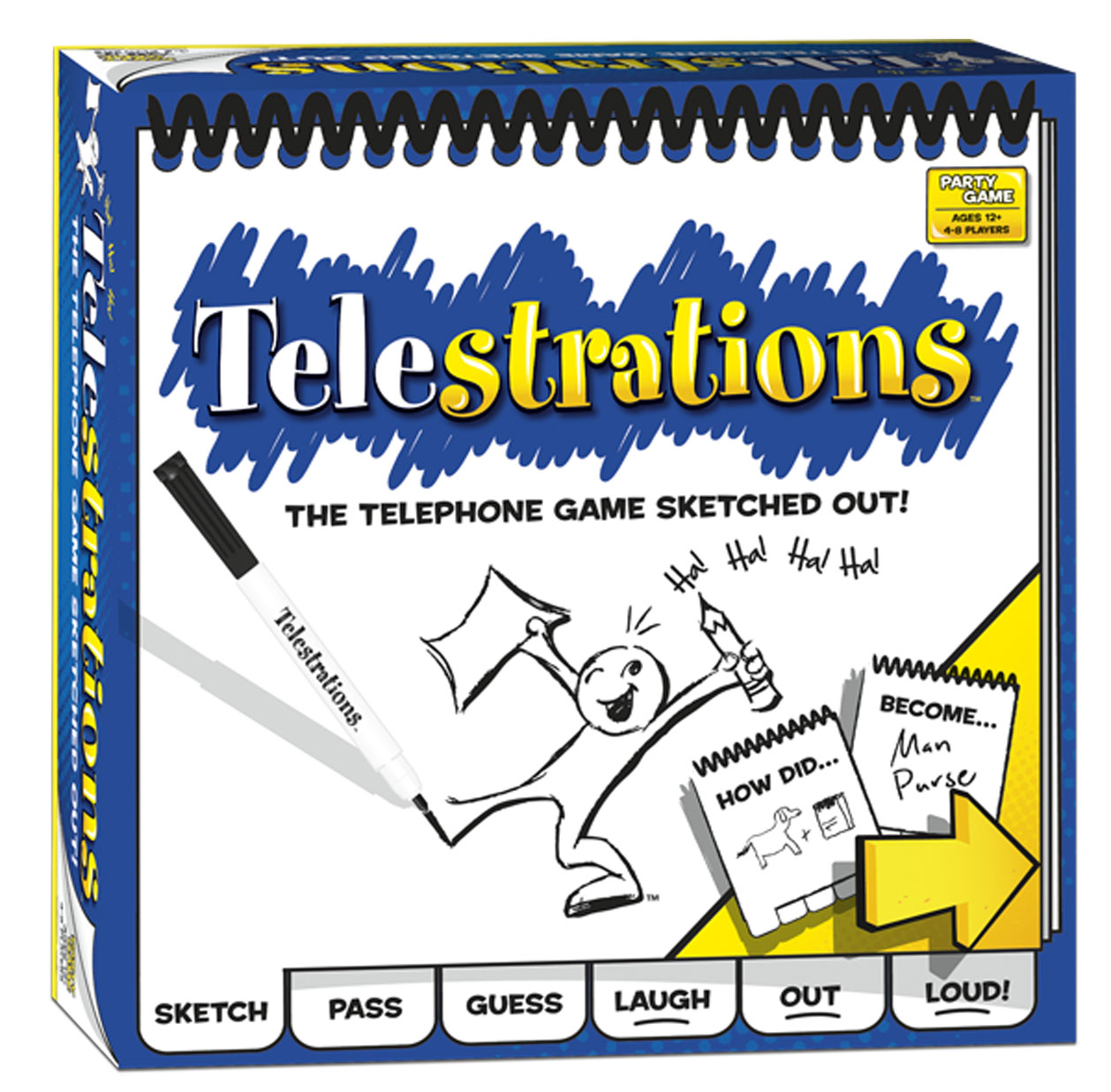We think of the age-graded classroom as so normal, as if it is just the natural order of things—and forget that it is a relatively recent modern invention.

The first public schools were mostly small one room buildings with kids of all ages and a teacher. This was mostly done not out of any belief in multi-aged classroom, but since most people lived in rural areas, schools were not likely to have more than a classroom full of kids from the town and surrounding farms, and their attendance often sporadic.
The age-graded classroom was a product of two simultaneous and connected changes in society: urbanization and industrialization. In a primarily agricultural society, there were too few students in close enough proximity to fill up more than a class or two, especially given that most did not spend much time in school. Most of what anyone needed to know could be, and really had to be, learned at home on the farm. Basic reading, writing, and arithmetic were all that was needed from school for most people, and not to a very sophisticated level.
Urbanization meant more of the population was living in larger cities, which meant schools could have larger enrollments. With more of the population living in large cities, now in many places there were enough children of one age to make a entire class or even more than one. It also meant more people’s jobs were working for someone else, and so schooling seemed more important as well. Further, since parents were working outside the home, they needed a place to send their kids.
Industrialization brought with it as well the idea of assembly line efficiency. It only made sense to apply the modern ideas of such efficiency to the classroom, especially given having so many children in one place. Curriculum was designed along these lines, where all teachers could give the same lessons to all the kids of a certain age in the proper order.
Soon this way of doing things, where students were grouped by age and taught subjects and content in a linear order, became what seemed the natural order of things. Multi-graded classrooms were now just an inconvenience of the few places left rural enough not to be able to have age-graded classrooms, or in larger schools to avoid hiring extra teachers when the numbers did not work out to have a complete class at every grade, putting the extra kids form two grades together.
When most teachers are now assigned such a combination grade class they dread it. After all, it is gong to mean two different curricula they have to teach; kids of different ages to manage; more different groups. How to instruct one group while keeping the other busy doing something meaningful? Given the paradigm of teaching as the delivery of curriculum, these fears are probably realistic ones.
However, if one has a different paradigm, multi-graded teaching can be wonderful. In my third year of teaching, when I had a second grade, I asked to keep my students the following year. I found it a huge advantage to start the year knowing my students. I felt I developed a much deeper relationship with these students. I could start the year right off and take them on from where they were. Classroom management was easier since we had already established the classroom norms. Having students for two years was a blessing.
The following year I switched school districts and was assigned a first grade. But as the year progressed, I started scouting among the other faculty for a teacher that might want to join me for teaming for multi-graded classrooms. My idea was to do a first/second, and keep half of my students, but the teacher I found that was willing to try this with me did not want to do first, so we ended up agreeing to do second/third. After doing that for several years, I also had years where I did 4/5, 4/5/6 and 3/4/5.
The big difference in the paradigm that makes one seem advantageous over the other is a belief in how people learn. Much of schooling is based, mostly implicitly, on a belief in learning as a linear process, generally passed from teacher (or any form of directed instruction which can be in the from text books, workbooks, or even computer programs as well as a teacher) to pupils. In this paradigm, teaching a group where everyone is around the same level is most efficient for delivering the correct instruction.
Another paradigm of learning—one which follows most of our out of school learning, is that we learn in communities of diversity, where different people have different levels of knowledge and ability, and just different ways of approaching and looking at things. We learn in this context by doing purposeful activities along side others—learning with and from them. If this is your paradigm for how learning takes place, then you will see multi-graded classrooms as an advantage rather than hardship.
As in moving up a grade with my students, my multi-grade classroom meant that I already knew half of my students. I could see how they were maturing, what they needed. In many ways knowing I had two years with them meant I had more patience for the natural differences in how children develop at different rates.
Learning is also to a large degree built on trust. Real trust is something that comes over time and with two years that trust is also deeper. This goes for the teacher’s relationship to the family families as well as the students themselves. In having my students for two or three years, I found the trust level increased exponentially.
Then there is socialization to how the classroom runs. With half the children knowing the routines, the other half easily learn them as well, as they can follow the lead of the students who were with me the previous year.
In terms of curriculum, for much of it, I use a thematic approach. A thematic approach allows students of a variety of interests, abilities and styles to approach the theme in their own way at their own level. When students are reading real books and literature rather than text books, they naturally find the books that interest them—and a book that is too easy or too hard is not interesting. The same goes for writing, using a writer’s workshop model. For math, students would have self-paced workbooks for arithmetic, and I would do on-the-spot grouping for particular skills, as well as thematic projects for the whole class to work together on. Themes could be anything from building a town, creating houses, studying bugs, investigating the environment, learning about the solar system, studying the peopling of the America’s to name just a few that I have done. The possibilities are practically endless.
In the multi-graded classroom, less-able students have more experienced and knowledgeable students to model and guide them, who are just enough above to act as effective models. The more-able students, in helping guide the less experienced, actually learn even more in the process of offering such help and guidance. It creates a form of having to meta-cognize—think about their own knowledge—in helping others. Teaching can actually be the most powerful form of learning.
In summary, multi-graded classrooms offer a variety of advantages: Getting to know students and families better; allowing more time to work with students; building greater levels of trust; easier classroom management; creating a more natural environment where those of different abilities learn from and with each other; and built in peer tutoring.
For these various reasons multi-graded classrooms can offer a more powerful environment for learning than a standard age graded classroom.











